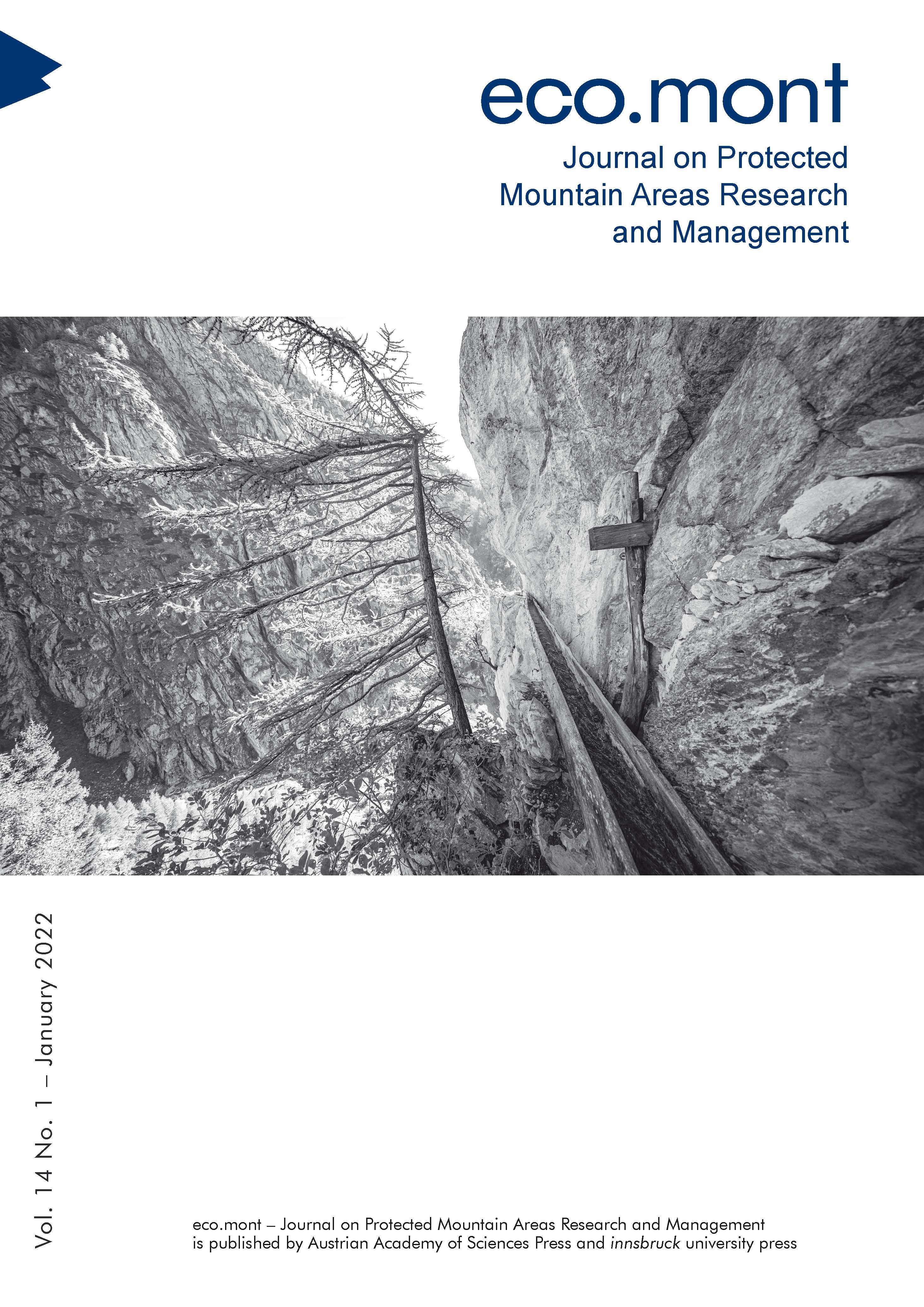
Eco.mont Vol. 14 Nr. 1, pp. 43-46, 2021/12/30
Journal on Protected Mountain Areas Research and Management

Nepal’s population of endangered Bengal tigers (Panthera tigris) is on the rise. In recent years, the presence of tigers has been documented at higher elevations. The objective of this study is to explore the possible reasons for the tigers’ presence at the higher elevations. It is critical that these high-altitude habitats for tigers be further explored and protected. The study points out the importance of the Mahabharat range and a longitudinal conservation gradient approach in Nepal. Apart from this, it is imperative to assess the density of tigers and tiger prey in the area. Even though high-altitude ecology may be suitable for tiger growth, the formulation of a high-altitude tiger conservation action plan with effective coordination between stakeholder organizations and concerned departments is of great importance.
Keywords: conservation, higher elevations, Himalaya, Mahabharat range, presence, tiger